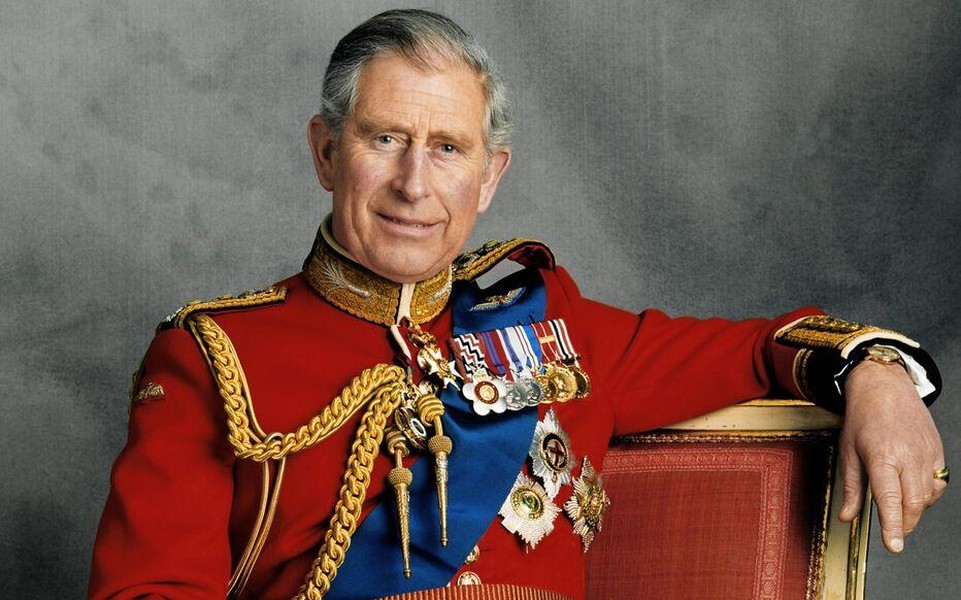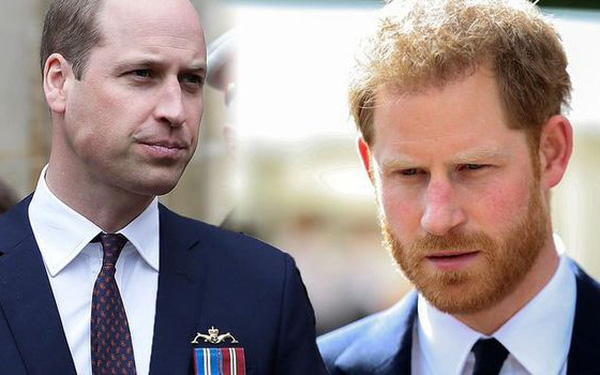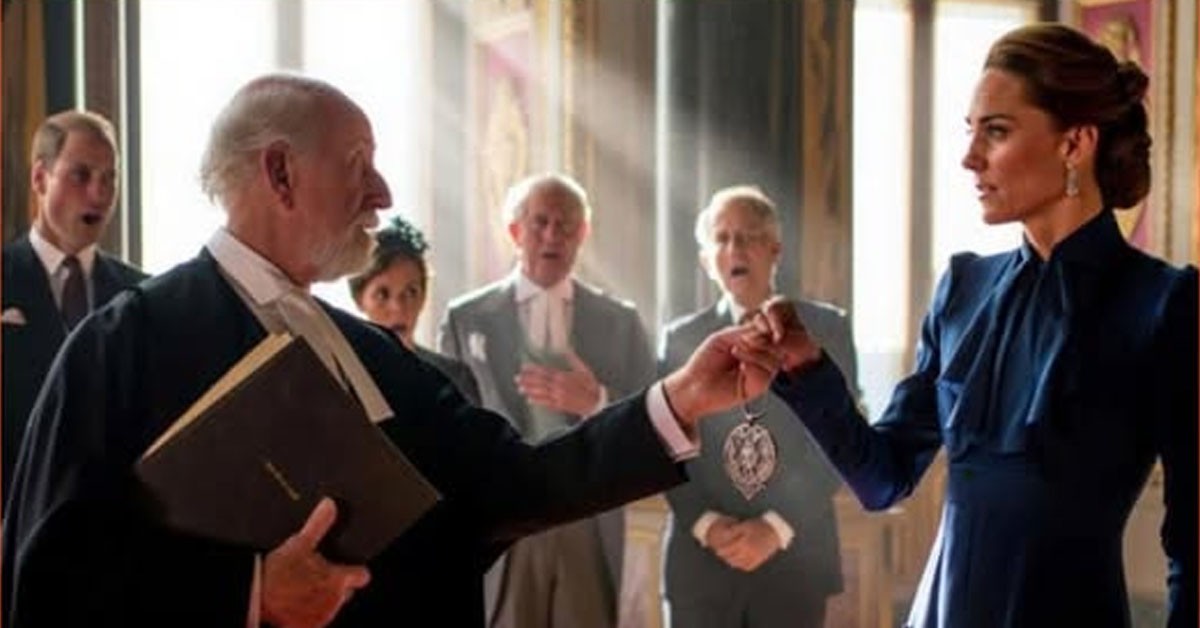
After a long separation, Prince Harry and King Charles finally met face-to-face for the first time in more than 19 months. The long-awaited reunion took place at Clarence House and lasted about 54 minutes. Reports said the meeting was both cordial and tense, with Harry reportedly expressing his gratitude to his father, saying: “The king is great, thank you, Dad” (Independent). However, the brevity of the encounter has left many wondering about the underlying tensions that still exist between them.
The meeting was more than just a personal reunion; it had implications for the future of the monarchy. Harry’s return to the UK for charity events coincided with this pivotal moment, suggesting his intentions may have gone beyond simple family reconciliation. The discussions covered “the state of affairs,” as Harry sought clarity about his place in the royal family and the institution itself (Daily Record).

While the world focused on Harry and Charles’ reunion, Prince William was quietly positioning himself within the royal hierarchy. His actions, often overshadowed by the noise surrounding Harry, are seen as strategic and bold. William's approach appears to be one of consolidation - cementing his role as future king while navigating the complexities of family relationships.
William's moves have been described as his boldest yet, as he seeks to establish a solid foundation for the monarchy. By distancing himself from Harry's controversies, he is projecting an image of stability and trust. This strategy could help cement his position as the public face of the monarchy, especially given Harry's continued criticism of royal life. Observers have speculated that William's actions are designed to ensure that the monarchy remains relevant and respected, even as family relationships become strained.

The implications of this tense encounter and William’s strategic position could lead to significant changes within the royal family. As public interest in royal matters continues to grow, the monarchy must adapt to maintain its position. The potential for a shift in power dynamics is clear, with Harry’s role as a royal increasingly questioned and William’s power consolidated.
The future of the monarchy may depend on how these relationships develop. Will Harry continue to speak out against the institution, or will he seek a more conciliatory path? Can William maintain his course without further alienating his brother? The answers to these questions remain uncertain, but there is no denying that the stakes for the royal family are high.

